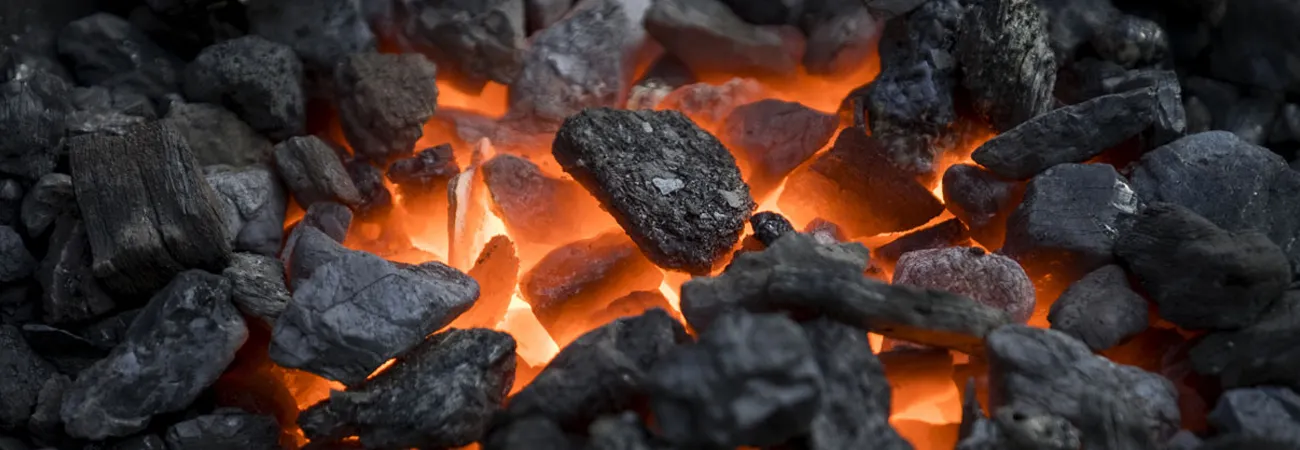i ECONOMY
The energy-deficient Pakistan is struggling to cope with the growing electricity demand as scarcity of funds and expensive fuels are adding to the people’s unrest over expensive power. The country heavily relies on imported fuels to make energy despite the fact that it can meet local power needs by exploiting the vast Thar coal reserves. However, it has so far been unable to benefit from this treasure as whatever energy needs have been met from this source are “merely peanuts” compared to the monumental size of this cheaper and indigenous energy source. Thar contains approximately 175 billion tonnes of coal, equivalent to 50 billion tonnes of oil – more than the combined oil reserves of Iran and Saudi Arabia – and 2,000 TCF (trillion cubic feet) of gas – 42 times greater than the gas reserves discovered in Pakistan so far.
According to the National Electric Power Regulatory Authority’s Indicative Generation Capacity Expansion, the share of green energy in Pakistan’s energy mix is targeted to reach 59% by 2032, while the use of furnace oil would be gradually phased out by that timeline. It is worth mentioning here that during FY23, the average cost of power production was Rs9.3 per kilowatt hour (kWh), reflecting a 6% year-on-year increase. Recently, however, the fuel cost of power generation has come down thanks to the increased generation of power through cheaper sources such as hydel, local coal and nuclear energy. LNG and furnace oil were the most expensive fuel sources, costing Rs24.46 and Rs23.24 per kWh, respectively, during FY23. However, continuous slide in the Pakistani rupee against the US dollar has increased the fuel cost of power generation, burdening the citizenry with huge hike in power bills.
Syed Saifullah Kazmi, head of Investment Banking at Intermarket Securities Limited, said that it is heartening that the government is willing to gradually phase out the use of furnace oil in the energy mix and increase the share of cheap local resources such as coal, hydel and nuclear. Kazmi added that the government should focus on increasing the share of local coal in the energy mix to further ease the import bill and provide cheap electricity to the people. It is pertinent to mention here that the production from Thar coal mines has increased to 7.6 million tonnes per annum (MTPA) in Phase-II. The Phase-I had an output of 3.8 million tonnes per annum.
Kazmi said that the increase in coal production, with a cumulative power generation of 1,320MW from Block-II, had significantly helped ease the energy crisis in the country. “Phase-III will further reduce coal prices, making it one of the cheapest sources of energy fuel,” he pointed out. He said that with 175 billion tonnes of coal deposits in Thar, this indigenous resource has the potential to easily make the country self-sufficient in energy for the next 200 years by generating around 100,000 megawatts of electricity.
Credit: Independent News Pakistan (INP)









